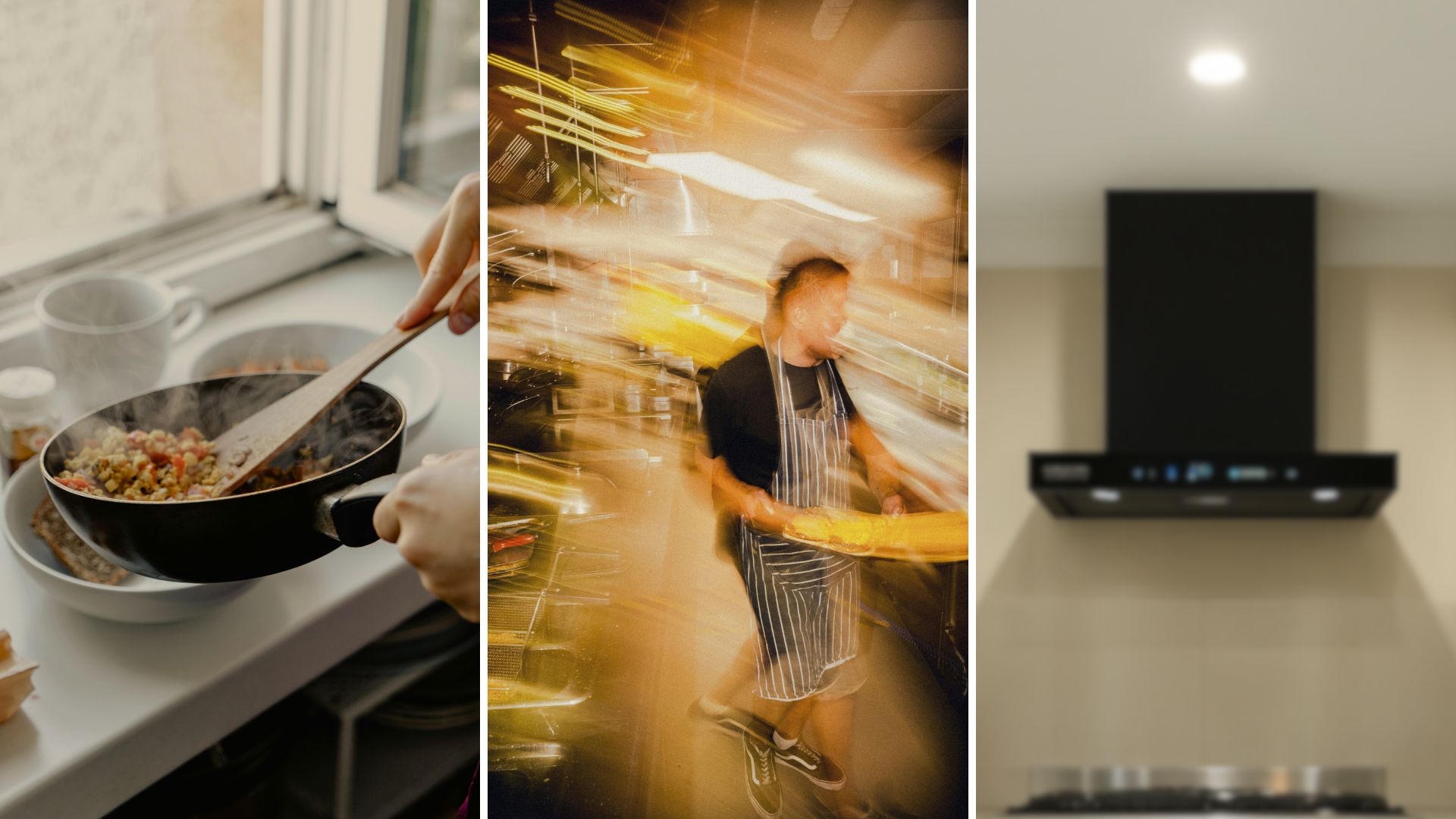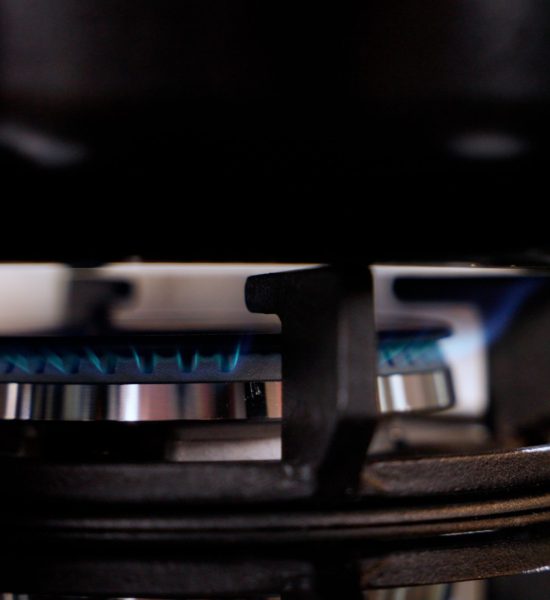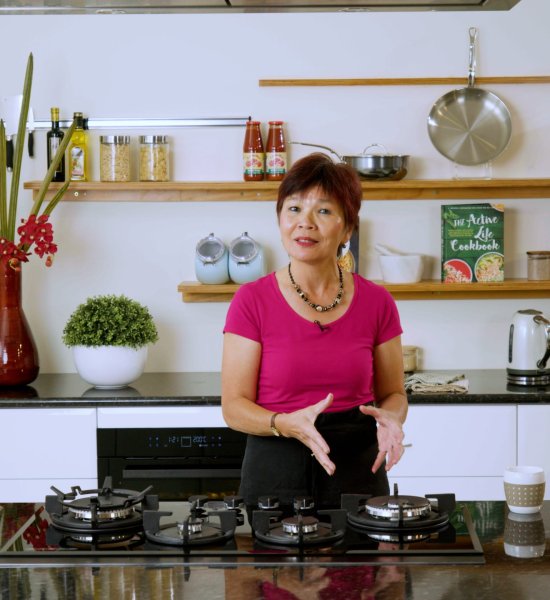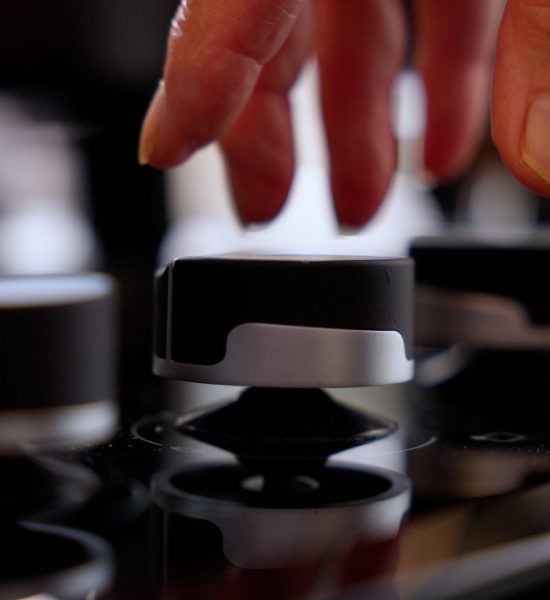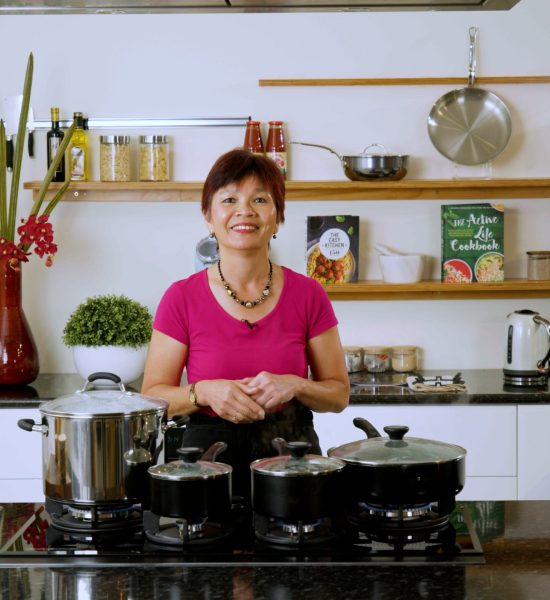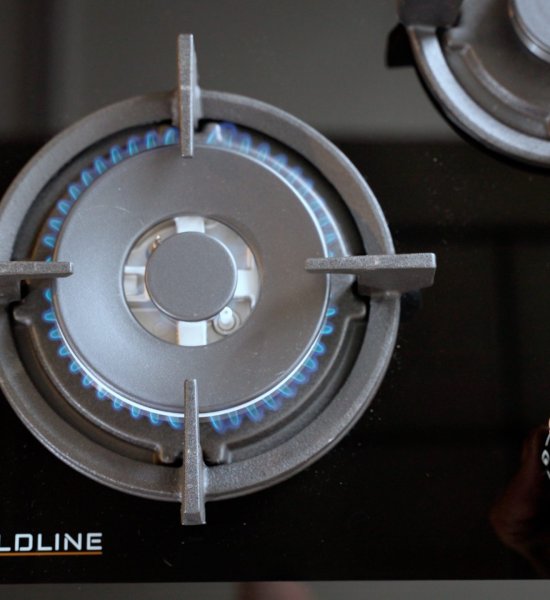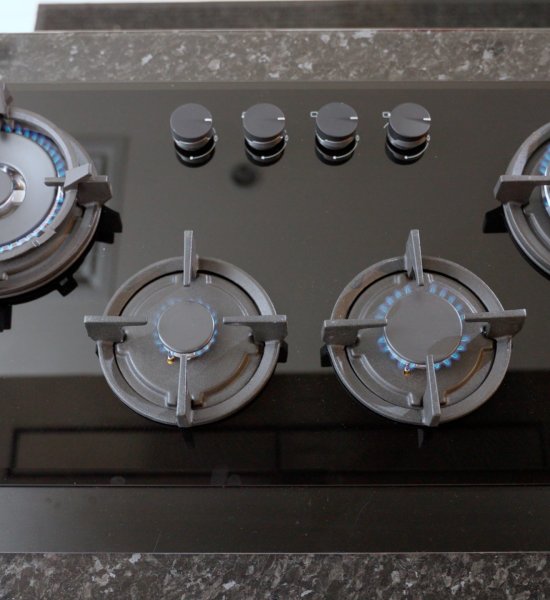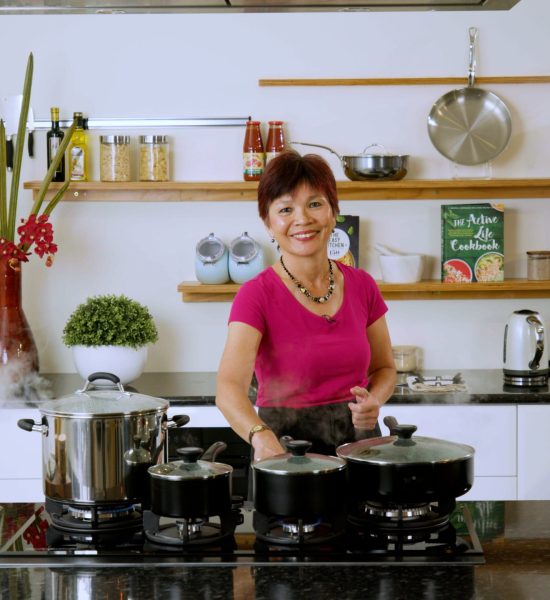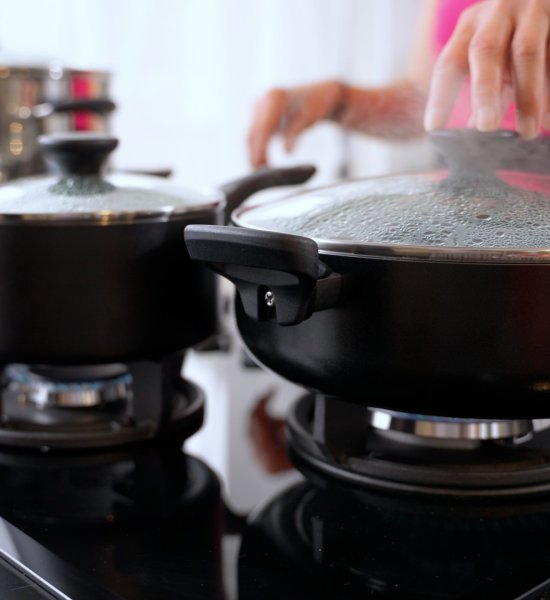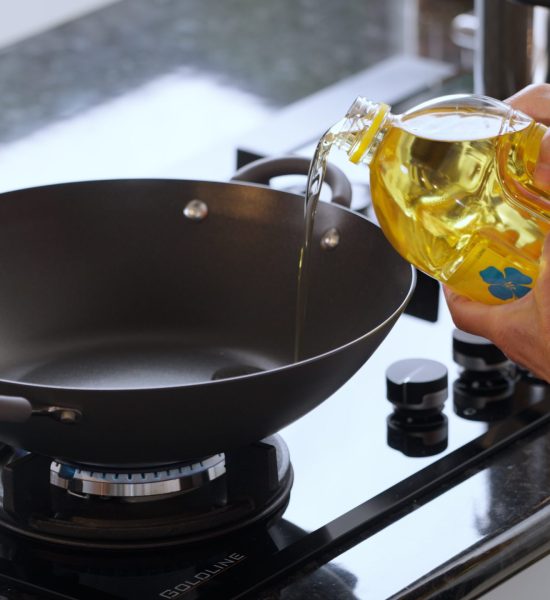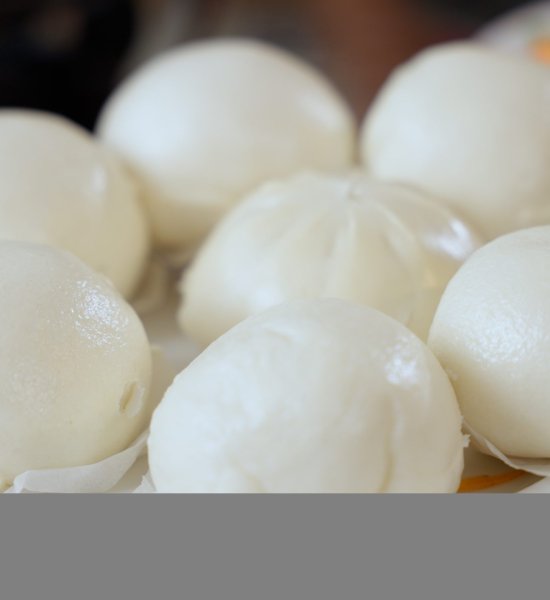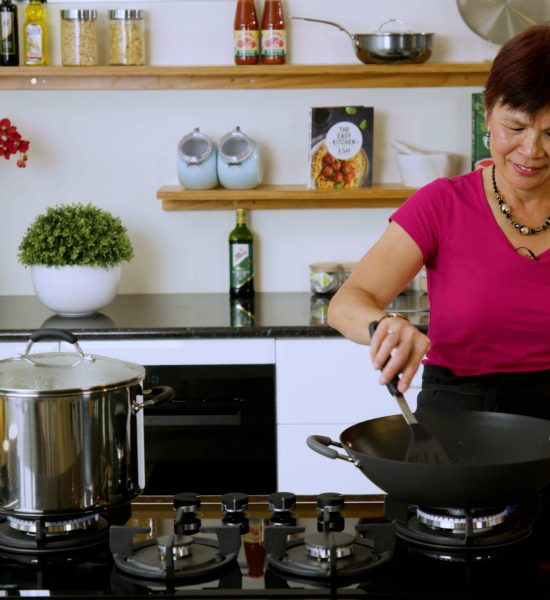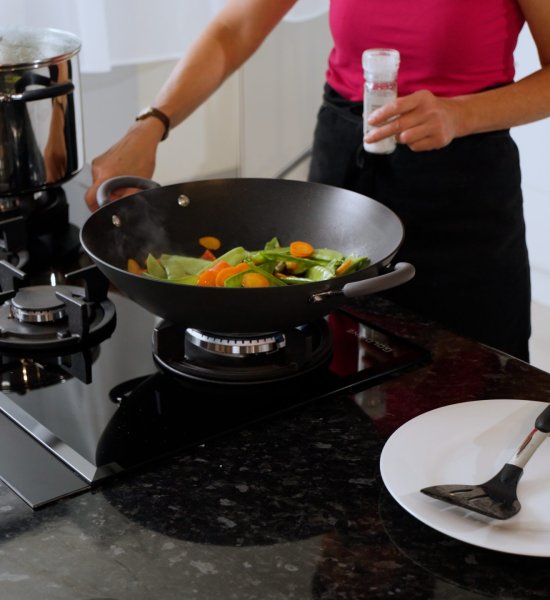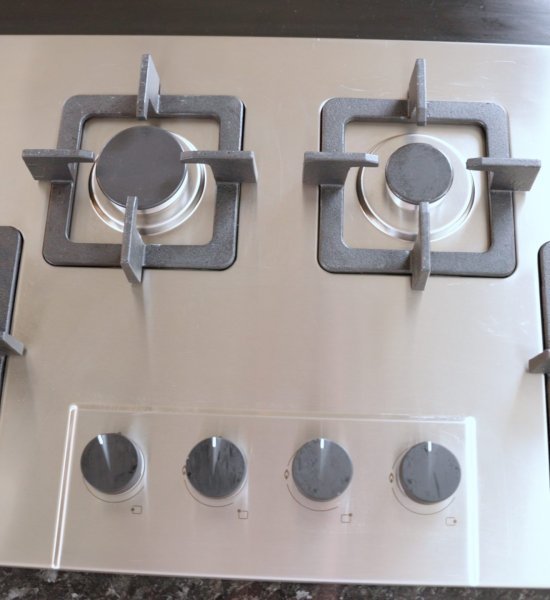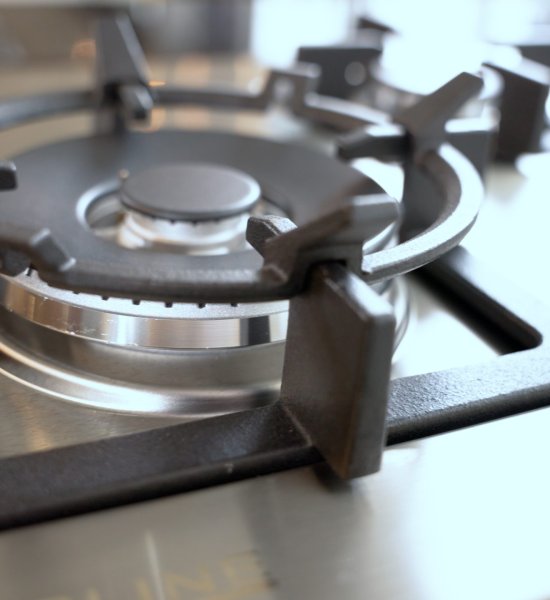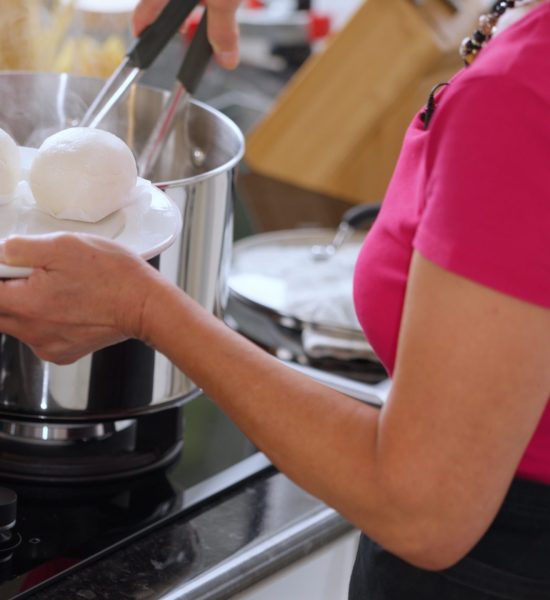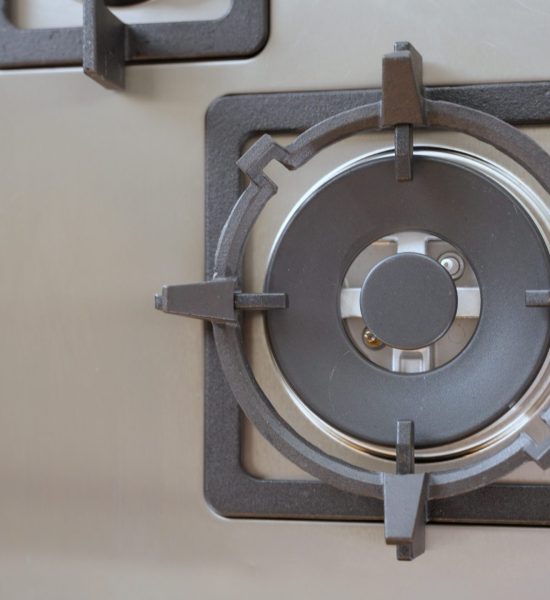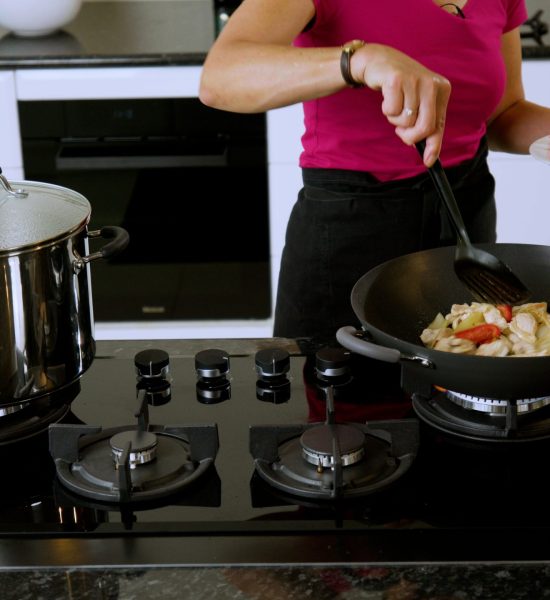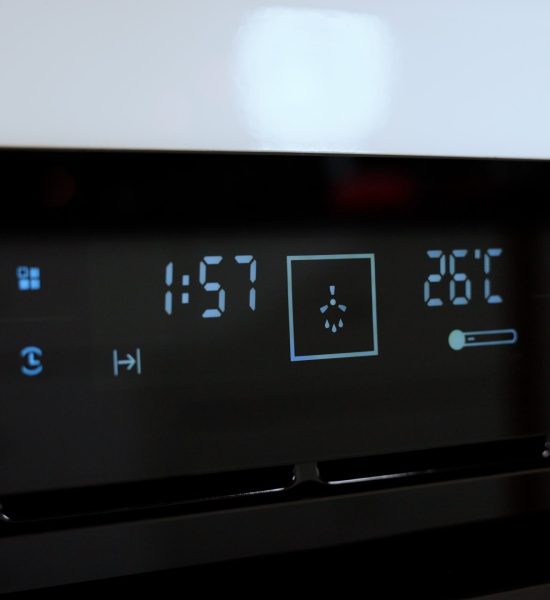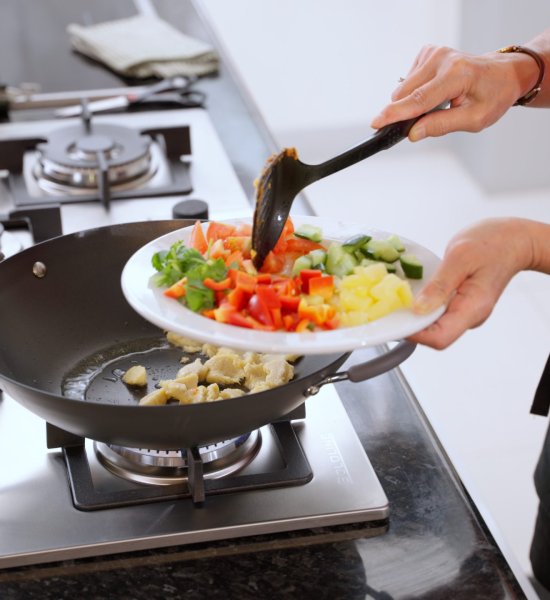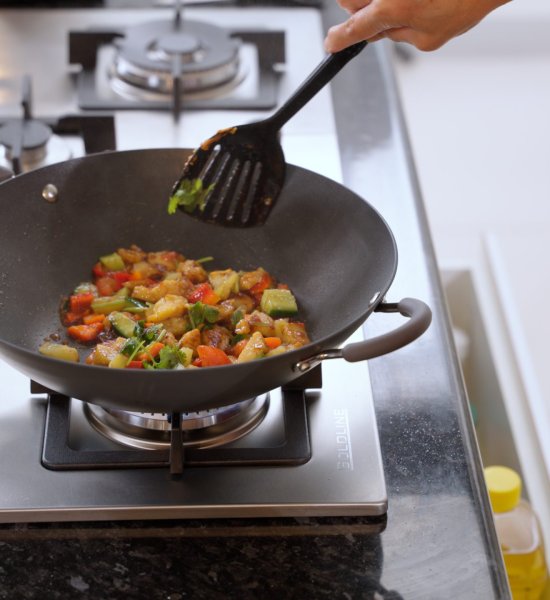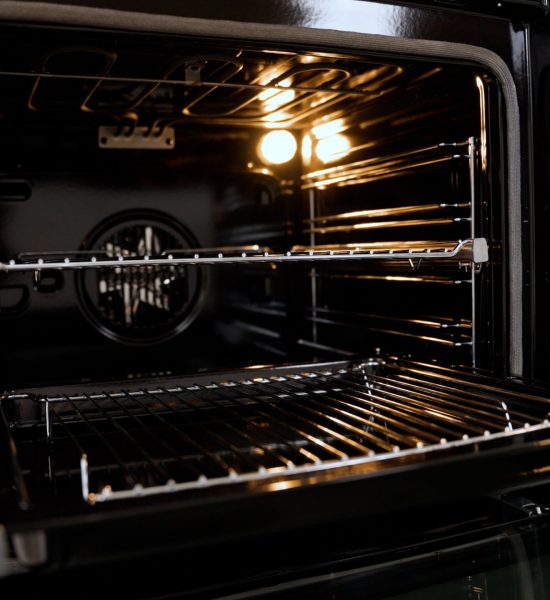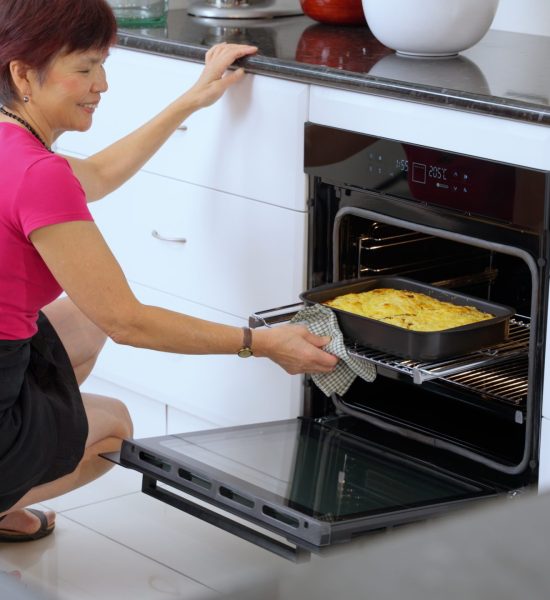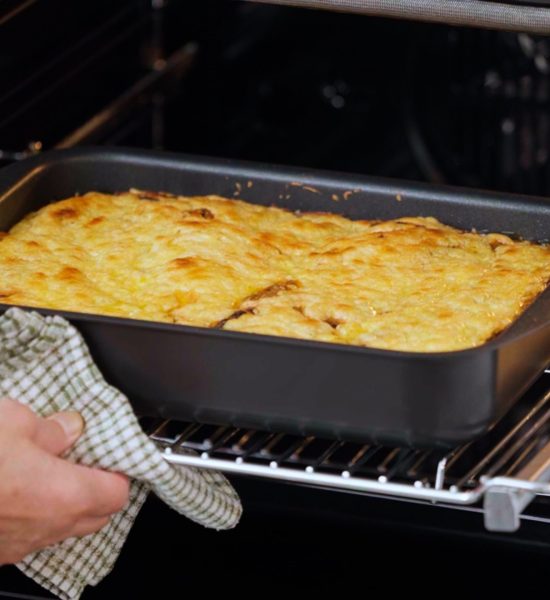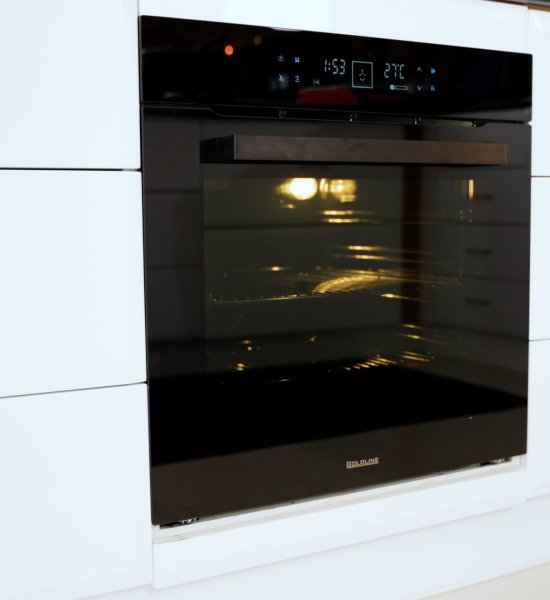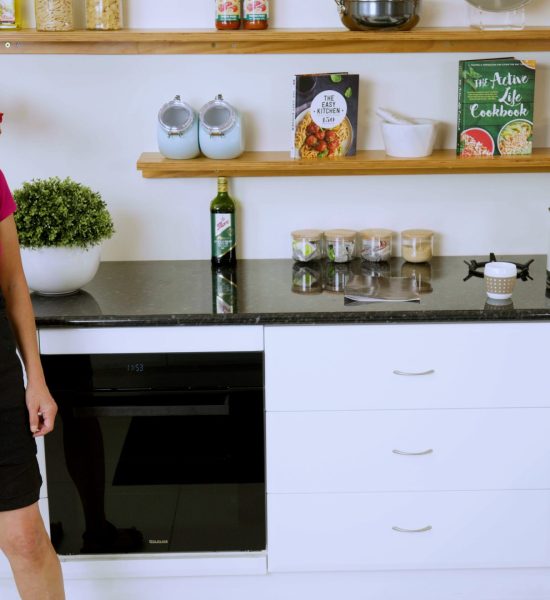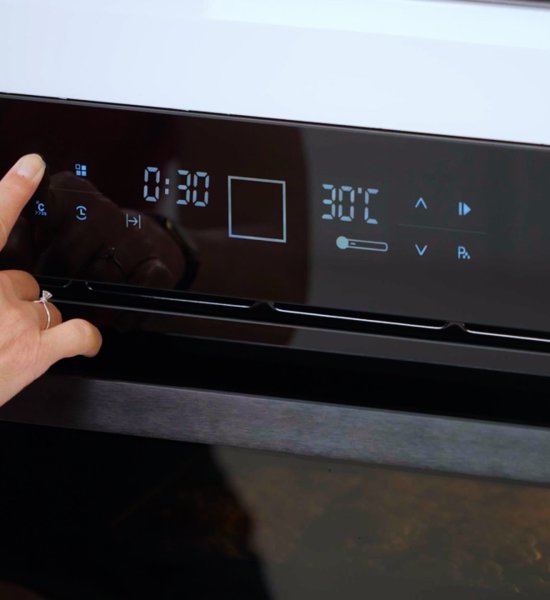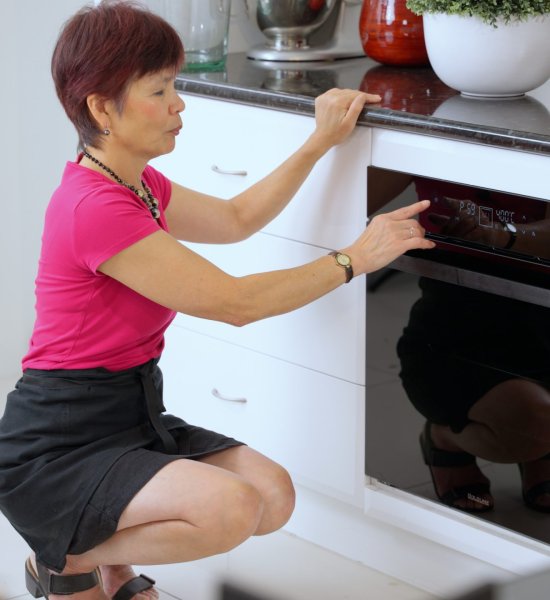Do You Really Need a Rangehood? Pros, Cons, and Expert Advice
A rangehood might not be the most glamorous part of your kitchen, but it’s a silent powerhouse when it comes to ventilation and cleanliness. Not sure if your kitchen needs a rangehood? You’re not alone.
With modern kitchen designs evolving and cooking habits shifting, the necessity of a range hood has become a hot topic for homeowners, renovators, and first-time buyers alike.
In this article, we dive deep into this ventilation unit’s pros and cons, when they are essential, and what factors to consider when deciding whether one is right for you.
What is a Rangehood?
A rangehood (also known as an exhaust hood or vent hood) is a kitchen appliance mounted above the stove or cooktop. Its primary function is to extract smoke, steam, grease, and odours from the air, usually via a duct that vents outside or through filters that recirculate clean air back into the kitchen.
What are Its Advantages?
-
- Improved Air Quality: Cooking releases smoke, fumes, and airborne grease. A proper air filtration system above your cooktop helps capture these pollutants and vents them outside (ducted) or filters them (ductless), helping to keep the air in your home cleaner.
- Odour Removal: Strong cooking odours, especially from frying or cooking seafood, can linger for hours. With a good ceiling mounted rangehood, unwanted odours can be removed quickly and efficiently.
- Temperature and Moisture Control: Additionally, cooking generates heat and steam, making your kitchen space uncomfortable. With a cooktop ventilator, excess heat and humidity are, improving comfort while you cook.
- Kitchen Cleanliness: Grease particles from cooking naturally settle on cabinets and countertops, creating sticky surfaces. Its feature as an effective exhaust fan reduces grease buildup, making surfaces easier to clean.
- Fire Hazard Reduction: Built-up grease on kitchen surfaces can be flammable. By capturing grease before it spreads, your ventilation system adds a layer of fire safety.
- Increased Home Value: A well-functioning ventilation setup can add value to your kitchen, which is often a selling point for potential homebuyers.
How About Disadvantages?
-
- Installation Cost: Adding a ducted unit can be costly, particularly if your kitchen wasn’t designed for one. It may require additional structural work, electrical wiring, or ducting installation, which can quickly increase expenses.
- Noise: While many modern models are designed to operate more quietly, some can still be noisy—especially when running at higher speeds. For those who enjoy conversation or entertainment while cooking, this can be a drawback. However, there are ultra-quiet and near-silent rangehood options on the market that provide effective ventilation without disrupting the kitchen atmosphere.
- Maintenance: Filters need regular cleaning or replacement to keep the system running efficiently. Neglecting this can lead to reduced performance, unpleasant odours, and increased grease buildup.
- Energy Use: Some high-powered hoods may consume more electricity. Although this might not be a major concern for occasional cooks, it’s worth noting for households aiming to keep energy consumption low.
When Do I Need To Have Rangehood?
While not all kitchens legally require to have a dedicated ventilation system, there are circumstances where it becomes highly recommended—or even critical:
-
- Frequent Cooking – If you cook daily, especially with oil, spices, or at high heat, the by-products from cooking (smoke, grease, steam) can quickly build up without proper extraction.
- Limited Natural Airflow – Kitchens without windows or those with layouts that restrict air circulation tend to trap heat, moisture, and cooking odours more easily.
- Gas Appliances – Gas cooktops and ovens release combustion by-products such as carbon monoxide, nitrogen dioxide, and water vapour, making an extractor unit important for indoor air quality and safety.
- Small or Enclosed Spaces – In compact kitchens, steam and smoke can become concentrated faster, causing discomfort and potentially damaging surfaces over time.
- Protecting Surfaces and Paintwork – Over time, humidity and airborne grease can stain ceilings, discolour walls, and cause cabinetry to warp. A good kitchen exhaust system helps prevent these long-term issues.
In addition, many building codes and health regulations in Australia mandate the use of adequate kitchen airflow solutions—particularly in new builds, renovations, and rental properties. Since 2019, the National Construction Code (NCC) has required that kitchen exhaust systems must vent air directly outside rather than recirculating it indoors.
If you’re installing or upgrading a rangehood in Australia, it’s important to check local requirements to ensure compliance while also maintaining a cleaner, healthier cooking environment.
How Can I Keep My Kitchen Fresh Without Traditional Venting?
If you’re short on space, working within a tight budget, or your kitchen layout makes external ducting difficult, there are several practical alternatives to consider. While these options may not match the full performance of a ducted system, they can still make a noticeable difference in air quality and cleanliness.
Here are some popular options:
-
- Downdraft ventilation systems that pull air sideways into a vent.
- Overhead microwave/hood combos with basic venting.
- Recirculating (ductless) rangehoods that filter and return clean air.
Expert Tips for Choosing the Right Rangehood Appliance
Now that you’ve got a good idea of why kitchen extraction matters, let’s look at how to choose the right one for your home.
Here are some expert tips to help you make the best choice:
-
- Measure Your Space Accurately: Before anything else, measure the width of your cooktop. As a rule of thumb, a 60cm rangehood pairs with a standard 60cm cooktop, while a 90cm rangehood suits larger stoves or frequent multi-pot cooking. The right, proportional size ensures better coverage for capturing smoke, steam, and odours.
- Check Airflow Capacity: Check the extraction rate, measured in CFM (cubic feet per minute) or m³/h. If you love frying, stir-frying, or cooking with strong spices, opt for a higher airflow rating to keep your kitchen air fresh and comfortable.
- Match Your Style: From wall-mounted to under-cabinet, island, or integrated designs, the right style depends on your kitchen layout and how you want it to look. In smaller homes or rentals, ductless models can be a smart choice, while ducted units offer the best performance for heavy cooking.
- Factor in Maintenance: Grease filters should be easy to remove and ideally dishwasher-safe. If you’re going with a ductless option, remember that charcoal filters will need replacing periodically to keep performance at its best.
So, Do I Really Need One?
In most modern kitchens, the answer is yes. Whether for health, comfort, cleanliness, or resale value, a rangehood offers clear benefits. That said, if you rarely cook or have alternative ventilation, it may not be essential.
Ultimately, consider your cooking style, kitchen layout, and long-term plans.
Remember that your unit is an investment in your kitchen’s air quality and overall experience.
Cook Smarter with Goldline
Goldline designs with Australian kitchens in mind, blending style with practical features that make cooking more enjoyable. Our collection includes some of the best rangehoods in Australia. They’re designed for real home cooks who want more power, better design, and smarter functionality.
Explore our full range of kitchen appliances and Rangehood options. Take the next step toward a cleaner, fresher, and more enjoyable kitchen today.
Reference:
Australian Building Codes Board. National Construction Code 2022: Housing Provisions – Part 10.8 Condensation Management. Australian Government, 2022.
Curious about the rest of our range? Click and explore more on these reads:


